[Photo story] Within the walls of Vietnam's imperial city

(All photos courtesy of Hsu Chung-mao, unless otherwise stated.)
Among its neighbours, China has the closest relationships with Korea and Vietnam, which both have longstanding interactions with Chinese dynasties. The attire of the Korean court was similar to that of the Ming dynasty, while Vietnam's was similar to the Song dynasty's.
Korea and Vietnam share some common surnames with Chinese people and had previously used Chinese characters as their written language. Even their court etiquette and ceremonial systems were very similar to China's. To put it simply, ancient China was akin to the ancient Roman empire, whose systems, language and religious customs spread to its neighbouring countries.
Ascension of an emperor
Today, the best-known example of such emulation in Vietnam is the city of Hue. Its architectural layout and building names are essentially modelled after the Forbidden City in Beijing. It is not only a beautiful ancient city but also contains the turbulent history of Vietnam's modern era, telling rich stories of national struggle. Indeed, it is a cultural asset rich in architectural beauty and national history.
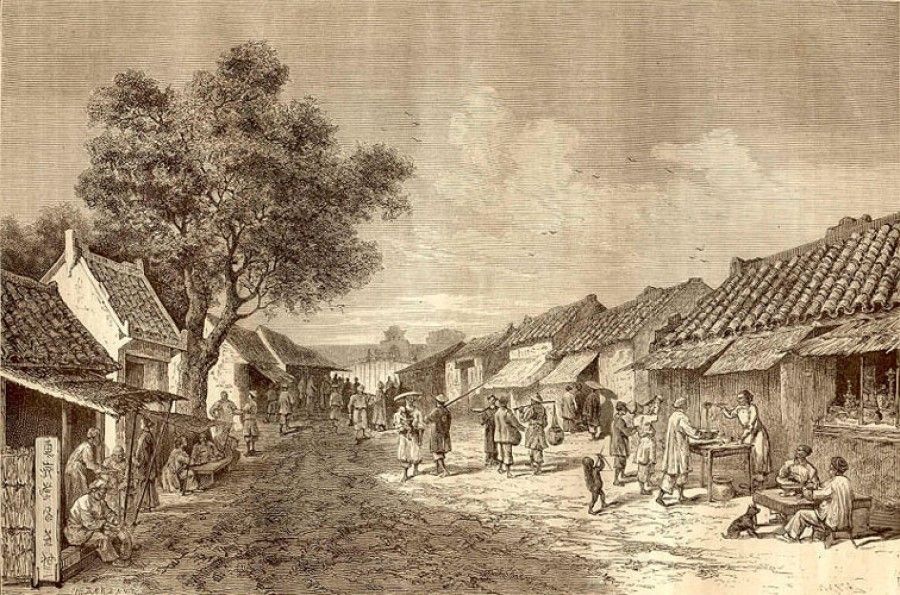
Hue was originally part of Champa, a collection of independent Cham polities that extended across the coast of what is present-day central and southern Vietnam from approximately the 2nd century AD until 1832. In 1636, Lord Nguyen Phuc Lan of the Nguyen clan and the ruler of Quang Nam province established the ancient capital city of Kim Long, or modern-day Phu Xuan city. Under Nguyen Phuc Lan's leadership, the city continued to expand and grow.
In 1771, brothers Nguyen Nhac, Nguyen Lu and Nguyen Hue (known as the Tay Son brothers due to their origins in Tay Son district) launched a revolt in Quang Nam to overthrow the rule of lord Nguyen Phuc Thuan, and the Nguyen dynasty was unable to defend itself. At this time, the Trinh clan who ruled northern Vietnam, led by Trinh Sam, took advantage of the situation to send troops south to capture Phu Xuan city.
Nguyen Phuc Thuan and his nephew Nguyen Anh fled to Gia Dinh province, or modern-day Ho Chi Minh City. Nguyen Anh later led troops against the rebels.

Despite repeated defeats, he continued to engage in strategic fighting, going to Siam and even France to seek support. While the results of these efforts were limited, amid internal conflicts in the Tay Son dynasty, Nguyen Anh gradually gained power, ultimately settling the country. In 1802, he established the Nguyen dynasty, regaining the country with more strength than before.
In 1802, Nguyen Anh officially ascended the throne as emperor Gia Long, establishing laws and regulations, building and constructing, and driving the country's development.
Constructing the capital became a major project. Nguyen Anh decided to emulate the architectural layout of the Forbidden City in Beijing. He constructed the imperial city in Phu Xuan city as the centre of power and administration for the Nguyen dynasty, showcasing the grandeur of the imperial capital. After completion, Phu Xuan city was renamed Hue city, and the imperial city, or Citadel, became the capital Thua Thien Hue.
... the Purple Forbidden City was where the emperor and his wives and concubines lived, including Cung Dien Tho (寿祉宫, Palace of Felicity) and Cung Truong Ninh (长宁宫, Palace of Serenity), which housed the empress dowager and concubines.


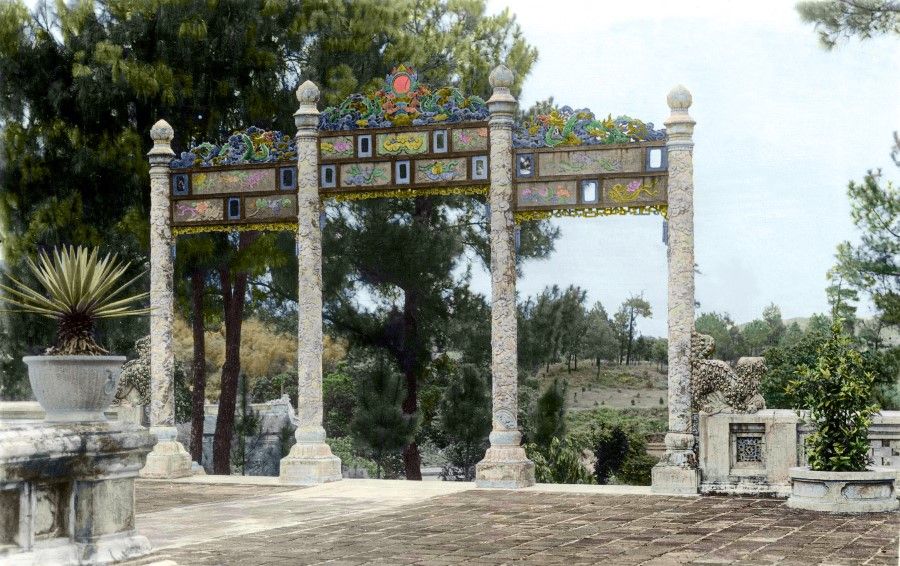
Building an imperial city
The imperial city has been renovated several times over the years, and its architectural layout was improved. The square-shaped city is surrounded by walls and a moat on all sides with 24 Western-style bastions. There are 11 city gates, including those in the south of the imperial city: Cua The Nhan (体仁门, Gate of Benevolence), Cua Thuong Tu (广德门, Gate of Virtue) and the main gate Ngo Mon (午门, Meridian Gate, or 正南门, South Gate).
The city was divided into 95 precincts. At the heart of Hue was the imperial city of the Nguyen dynasty. Within it was the main palace Dien Thai Hoa (太和殿, Palace of Harmony); the Purple Forbidden City was where the emperor and his wives and concubines lived, including Cung Dien Tho (寿祉宫, Palace of Felicity) and Cung Truong Ninh (长宁宫, Palace of Serenity), which housed the empress dowager and concubines.
... while Hue's imperial city is incomparable to Beijing's Forbidden City in terms of scale, the similar layout shows the ambitions of the Nguyen dynasty.
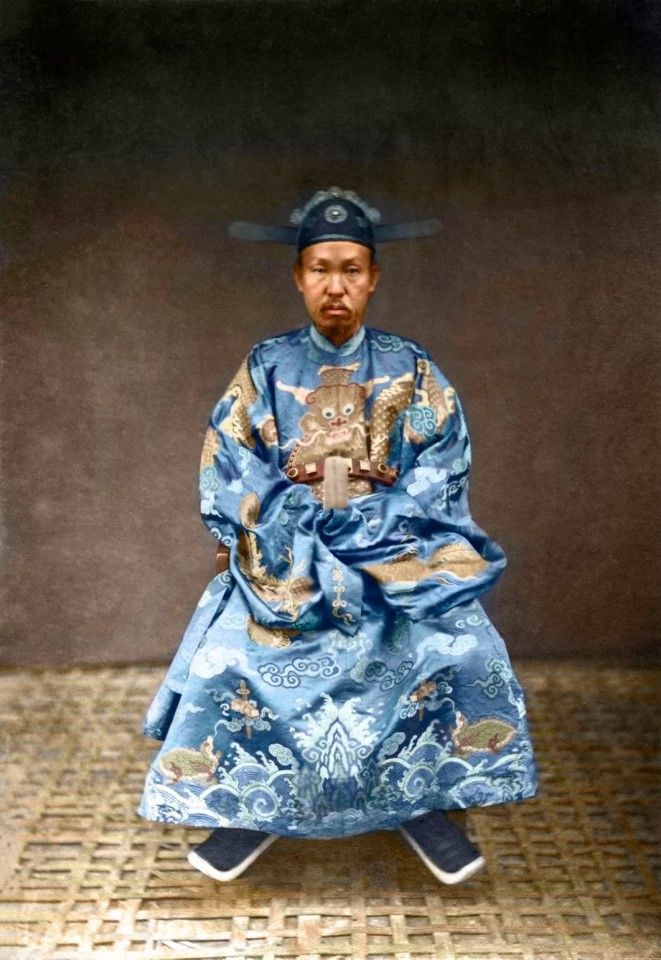

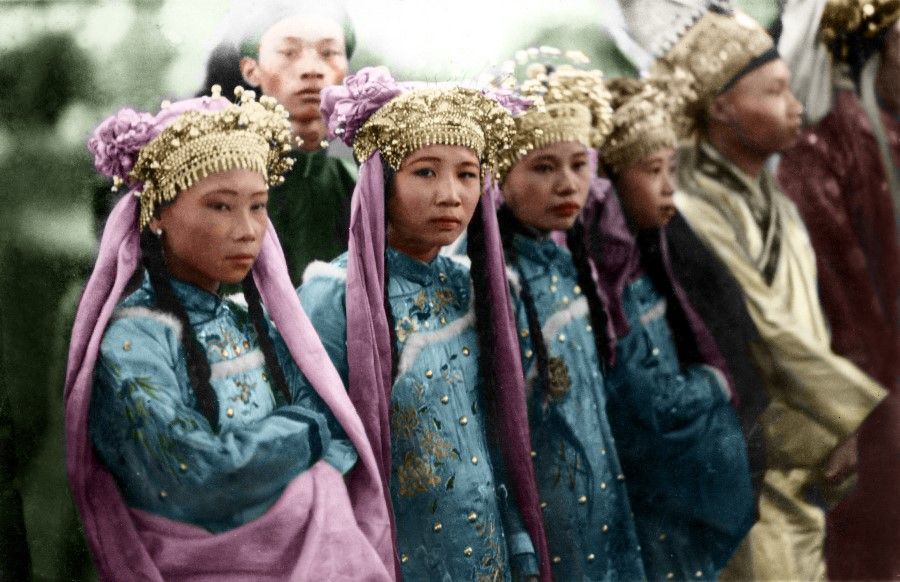
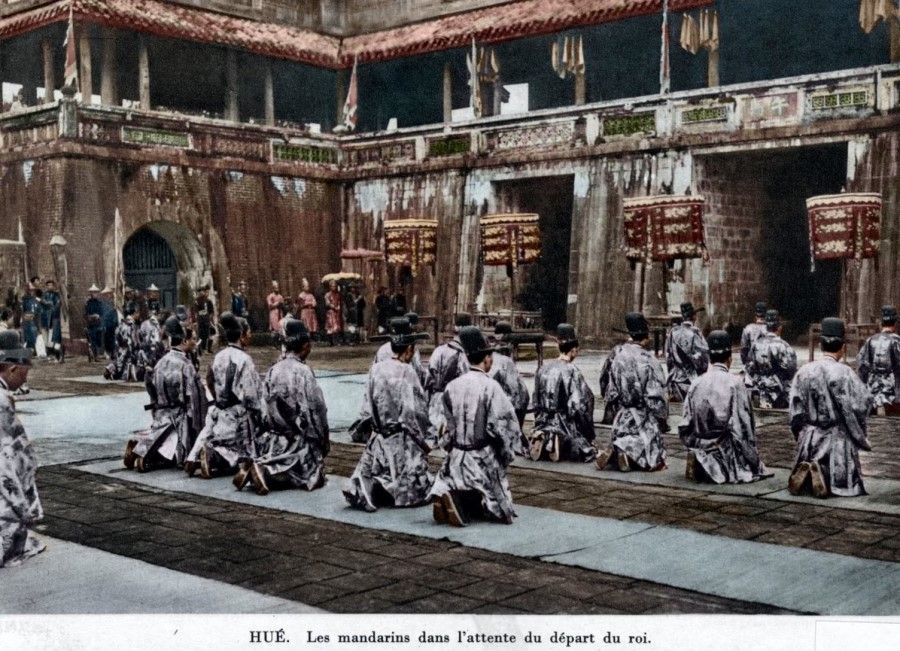
Then there were Thai Mieu (太庙, Temple of the Highest), The Mieu (世庙, Temple of the World), Trieu Mieu (肇庙, Temple of the Origin), Hung Mieu (兴庙, Temple of Prosperity) and Dien Phung Tien (奉先殿, Hall of Ancestral Offerings) for paying respects to the ancestors, as well as the Phu Noi Vu (内务府, Imperial Household Department), the horse stables and elephant enclosures, and gardens such as Vuon Co Ha (几暇园, Garden of Leisure) and Dao Doanh Chau (瀛洲, lit. Ocean Island; a little island in the lake within the imperial city).
South of the Ngo Mon Gate stands the flag tower or Ky Dai. Indeed, while Hue's imperial city is incomparable to Beijing's Forbidden City in terms of scale, the similar layout shows the ambitions of the Nguyen dynasty.
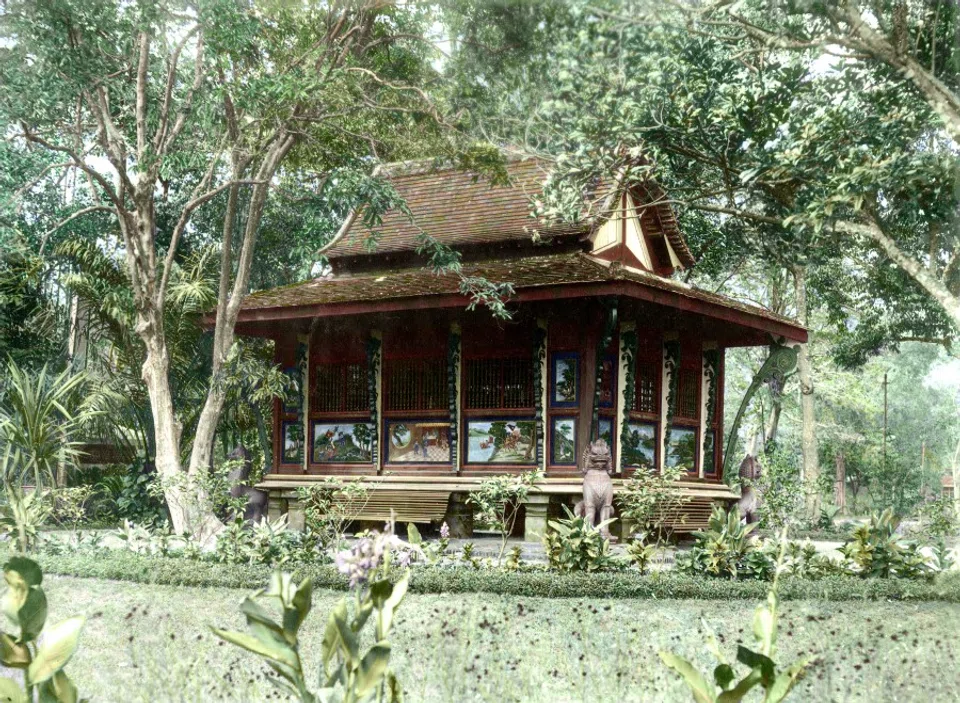
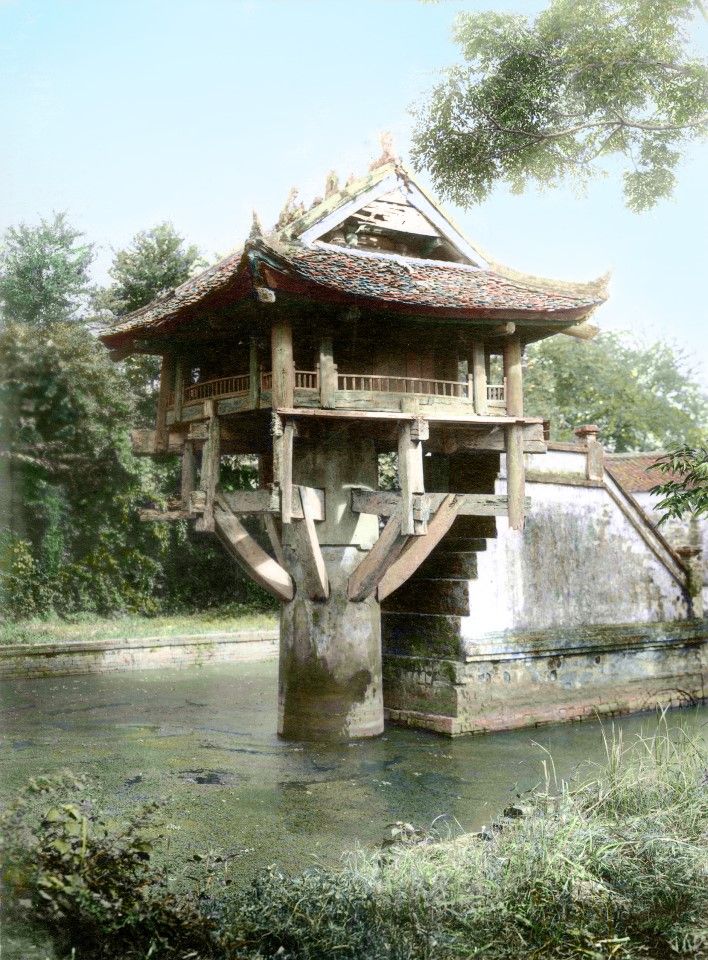
Historical significance
In the mid-19th century, the influence of the French Empire began to enter Vietnam, which became a French colony as part of French Indochina. However, the Nguyen dynasty remained de jure rulers of Vietnam.
In 1926, at the age of 12, Nguyen Phuc Thien was crowned emperor of Vietnam in the imperial city of Hue, with the reign title Bao Dai. He spent his life navigating between France, Japan, the Viet Minh, the US and the government of South Vietnam. He was a legendary figure who wandered from place to place, eventually dying in exile in France.
Today, the ancient city of Hue, which faces Ngu Binh Mountain and has the Huong River flowing through, not only carries a profound cultural history but also boasts of scenic beauty.


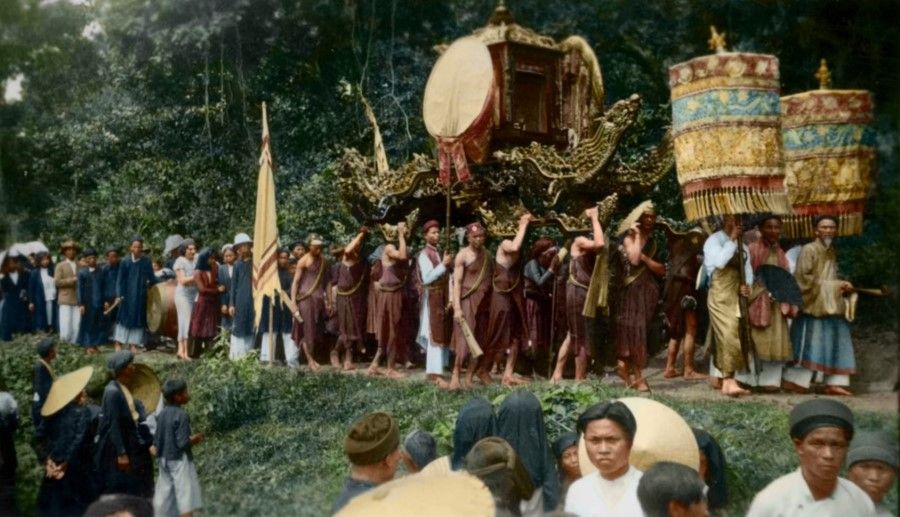
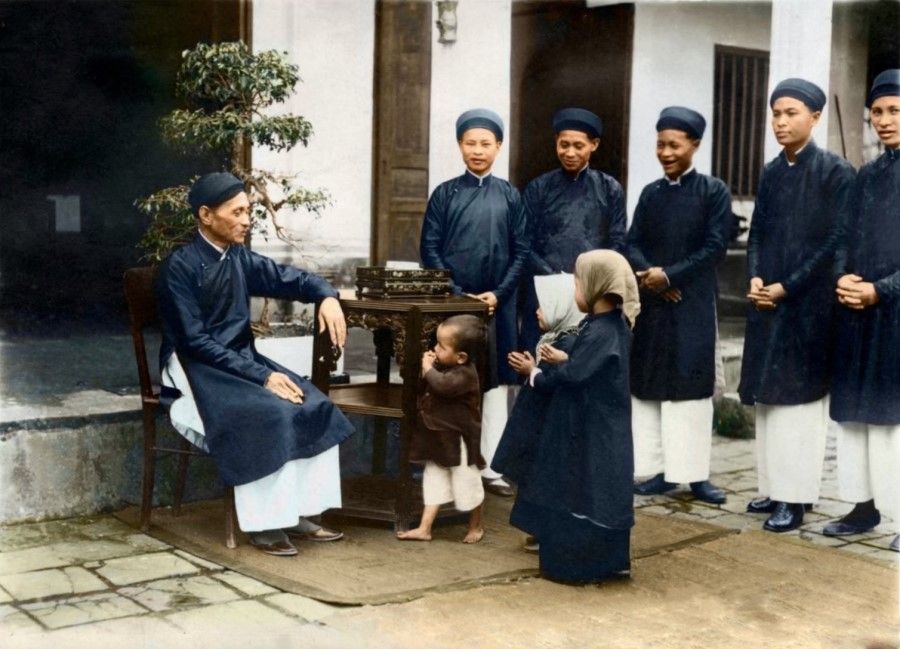
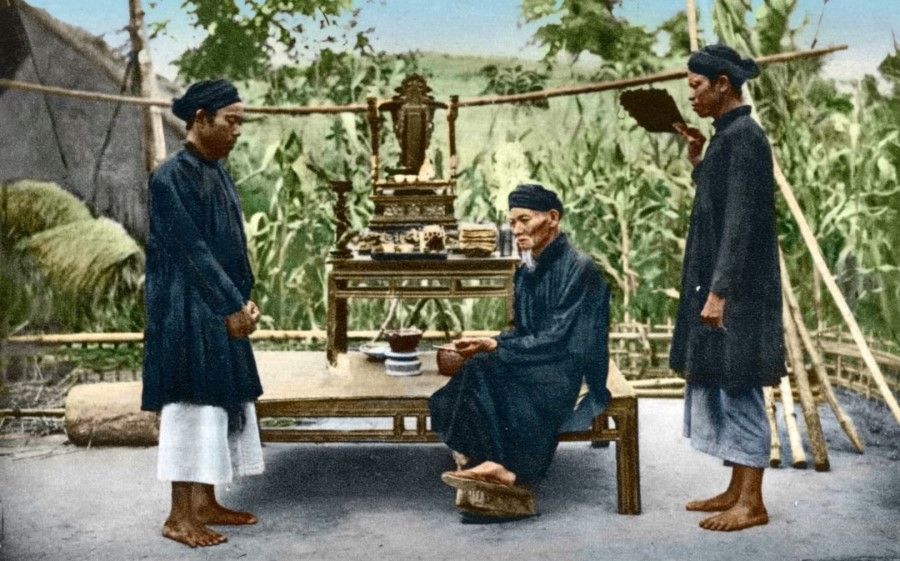

The imperial city of Hue has indeed weathered the generations. In particular, it was severely damaged during the 1968 Tet Offensive by the Viet Cong. However, following the reunification of North and South Vietnam in 1975, the Vietnamese government gradually restored the imperial city, and it was designated as a UNESCO World Heritage Site in 1993.
Today, the ancient city of Hue, which faces Ngu Binh Mountain and has the Huong River flowing through, not only carries a profound cultural history but also boasts of scenic beauty. Wandering within the imperial city, one can't help but feel a sense of nostalgia for the past.
